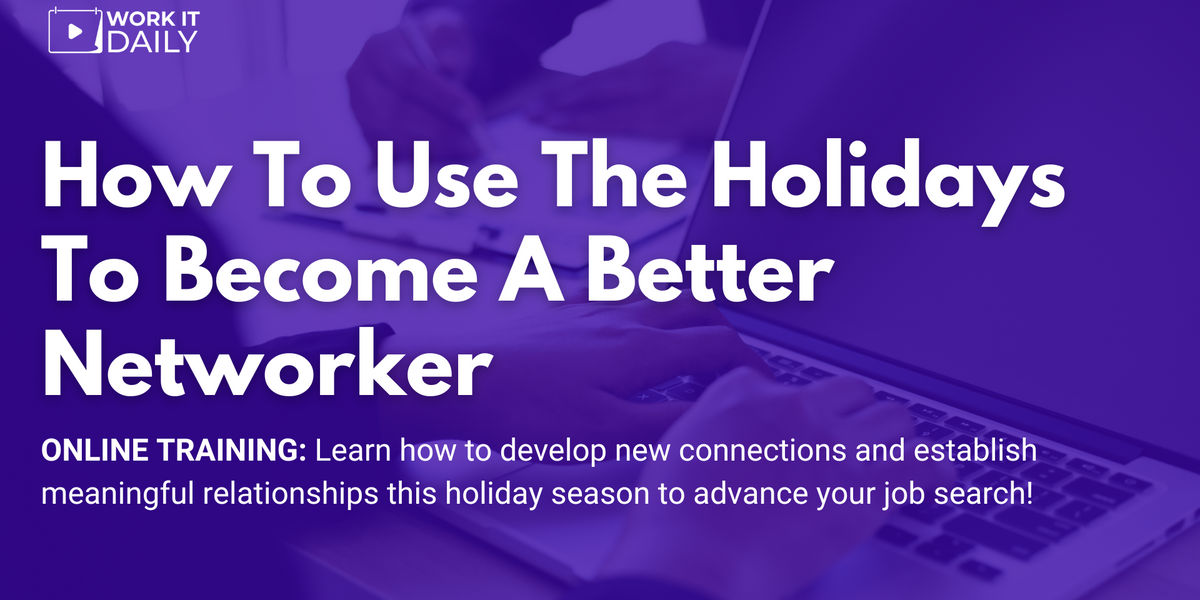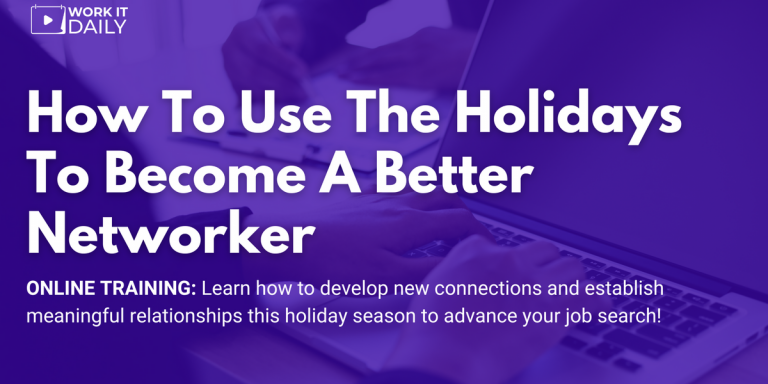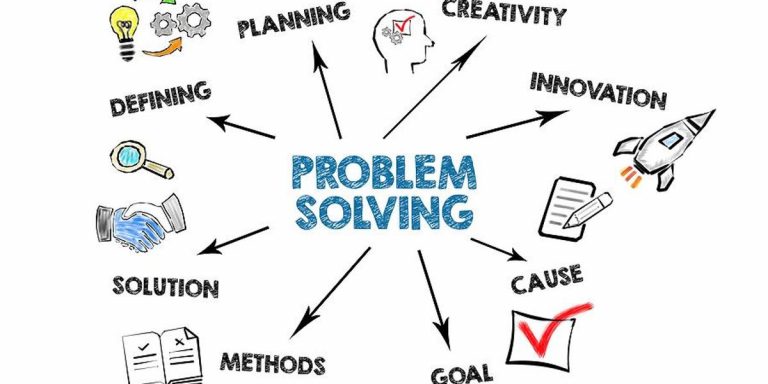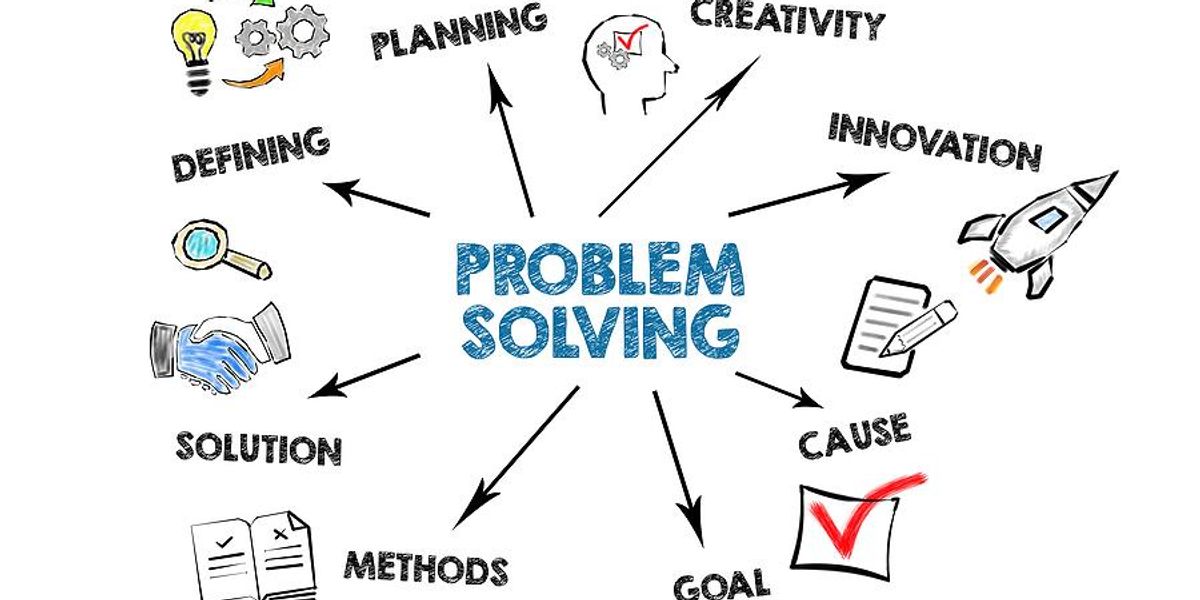
I am currently sitting in a lounge in Prague International Airport. Just spent a whole week in an internal sprint that my employer held in the “Mother of Cities.”
When I saw this sign after I landed at the airport, it made me smile. Never heard that expression before, and I am SURE that there are quite a few of you that may come up with a list of alternative “mommy cities.” Still, you have to admit that Prague (or Praha in Czech) rocks! Just the castle, brightly lit at night, makes the trip all worth it.
However, this ad also inspired me to write an article, as I wondered: Really? People need to be reminded to be polite when visiting?
Sure. We all have in mind the rowdy tourists that upon landing somewhere start behaving as if they owned the place. You know, the good folks who believe that YELLING in English will obviously ensure their hosts somehow will understand them better, or the overgrown teens that feel entitled to loudly shout in celebration when coming back from a local pub.
But as businesspeople, aren’t we at times missing an opportunity to show proper deference to the local culture? Don’t we have a duty to show a better example as well?
I would argue that not only do we have this duty, but it is in our business and personal best interest to do so. Because good business and good times can and should rhyme!
Question is, how do you do this? Here are a few tips.
A Local Thank You Is Appreciated â Even When Butchered

Those of you that know me personally or follow me on LinkedIn know I am dabbling in a few languagesâFrench, English, Chinese, some Japanese…
But one language that I do NOT know much about is Czech, which is the local tongue in Prague.
So upon landing here, I opened my cell phone and asked translate.google.com how to say “thank you” in Czech.
DÄkuji!
Ouch, I thought: how am I supposed to pronounce that accent on the ‘e’? Fortunately, Google told me at a click of a button (‘djyekuyi’).
So I started using this word in my daily interactions with hotel staff, restaurant waiters, and so on. Which earned me smiles, usually followed by prosimâplease!âuttered in a more or less official tone.
Unfortunately, after a day or two, my pronunciation started drifting. “Djyekuyi” became “Vyekuyi.”
The result? The smiles and the prosim kept on coming. Only in the end, when someone answered “thank you” back at me in Czech, did I notice I butchered the language for days!
So, what is the lesson here?
Well, practice makes perfect… but perfection is NOT required in order to be effective.
Your hosts are paying attention to the effort you put in, but they are not expecting an infrequent visitor to master their language.
Talking about effort, how difficult is it, really? Well, if your target language uses the same writing system as you use in your own, it will probably feel easier. And if that language is in the same family as yours (Czech is an Indo-European language, like English, French, Russian, and also Hindi), then it may even be possible to pick up additional words on your own through similarities, even basic syntax.
On the other hand, learning languages from a different familyâTurkish, Hungarian (which is not an Indo-European language)âor that use a different writing system (Chinese, Arabic) would be more challenging. But again, the goal is not to turn you into a native speaker overnight. Just to learn a word, or two, or three.
And if you end up mangling these words beyond recognition, that is OK. Locals will usually still appreciate the gesture.
So, go ahead and work on these: merci, danke sh¸ön, xiexie, arigatou, terima khasi, and of course dÄkuji!
And since I just boarded a Turkish Airlines: Tesserkular!
Manners Matter â Even If You Ain’t Perfect

Sitting on a Turkish Airlines flight that will first take me to Istanbul back from Prague, somewhere over the Carpathian mountains, I pondered about manners while conducting business abroad.
That is clearly an important topic, but it is also quite a wide one. The basics of what constitutes good manners may be similar from one culture to the next but these basics are heavily colored by local customs.
For example, one day, I traveled to Malaysia. I met a government officialâand greeted her by shaking her hands. Instant awkward moment!
Fortunately, she chose not to hold it against me. But this served me as a reminder: I should have prepared better by reading about local customs before landing in Kuala Lumpur.
This is exactly what I did before I went for the first time to Japan. So when came the time to exchange business cards, I knew what the ‘procedure’ was: start with the senior person first (follow othersâ gaze when in doubt), bow, and offer the card with two hands, writings facing your counterpart, while reciting something pretty elaborate in Japanese. It worked wonders.
Still, cultures are vast topics. It can be difficult to know what you donât know, to imagine that something that is so natural, so instinctive at home can be at odds with local mores.
So, how do you deal with this? By paying attention to what is going on.
I knew from prior research that in India you eat with the right hand, sometimes without a fork or a spoon. But that metal bowl with warm water that showed up at my table was not in any manuals I read. But a quick, discreet look at another table taught me that it was there to wash my hand after the meal, and… not to drink!
Also, if you are sharing your table with your local employees, partners, or clients, asking questions about local customs is not only OK but appreciatedâyou are after all showing curiosity about their culture.
I can tell you that my Korean counterparts taught me much about proper behavior during a banquet. Never pour your own drinkâinstead, always pour othersâ (they will do the same for you). When you do, use both hands, with one of the hands on the bottom of the bottle. Why? Because Koreans used to wear garbs with loose sleeves, and this ensured the fabric wouldnât dip into your counterpartâs drink.
A nice gesture. And an interesting way of seeing things.
Finally, just in case you bungle something, just know it is usually OK. Even if the custom you broke is… a law.
Case in point: what happened to us while walking in Prague.
We were coming back to a restaurant. We stopped at a red light but someone one of us (who?) did not wait for the light to become green, and the rest of us just sheepishly followed him while continuing to talk.
Too bad a cop was right there watching the whole scene. He parked his car on the side of the road, lights on, came out of the car, and said pretty crossly, “You didnât see me?!”
Oops. We were in trouble.
But we smiled, explained calmly what happened, that no offense was meant. And, when he took off, I offered him a warm DÄkuji (thanks!).
Crisis avoided. Fortunately, legal did not have to come to bail us out on this one!
Lesson: even if you break a custom, or even a local ordinance, it doesnât need to land you in trouble. Locals expect foreigners to be a tad ignorant. So as long as the error occurred in good faith and you promptly apologize, chances are you will be fine.
This being said, here’s another lesson: I needed to learn how to say “sorry” in Czech.
Dare Go Out Of Your Hotel For Food

Sitting at a lounge in Istanbul’s glitzy new airport, it is easy to think that the world is losing local flavors. After all, those big modern airports all look a bit similar, don’t they? Duty frees everywhere. Restaurants proposing easy (and pricey) bites. Plenty of gates connecting you to the world.
OK, that is a tad of an exaggeration, as each country tries to bring its visitors a bit of the local flavor. You really want to see the Korean actors impersonating royal guards in Incheon!
But still, travel can sometimes feel “standardized.” Take hotels: your typical Hilton will feel pretty similar whether you are in Prague, Beijing, or Denver, with minor differences in the food being offered. And in truth, many may actually appreciate some standardization. After all, it is familiar. Expected. Comforting.
But isn’t that missing (part of) the point of going abroad?
As an international business person, you are part of a long line of travelers who roamed the earth, tirelessly connecting different people and cultures while making a profit. And these traders of lore engaged with the locals around a meal because this is something that everyone has in common: the need to eat. We just differ on the meals’ contents.
So, why not go with the tradition on that one? There are definite personal advantages. In my experience, you get much better food for less by going local and avoiding the hotel’s sanitized fares and the obvious tourist traps.
This time around in Prague, I brought my team to a nice restaurant that was definitely aimed at the local crowd. Food was succulent, beer was good, and all of this was available at a pretty reasonable price. Accounting will be happy on that one!
However, getting a good experience isn’t the only reason why you should go out of your hotel and explore the local fares. There is a simple business reason to do so as well.
Remember what I said above: locals are usually pretty flattered when you pay attention to their local culture. And that can translate into a more trustworthy relationship because they know you get it.
More than once, I developed trust with Chinese prospective clients over a local dish, discussing the finer points of Chinese cuisine. The spicier the better.
So go ahead and experience abroad through your stomach!
Trek In Style By Adopting The Locals’ Stride

One more hour to go on that transatlantic flight before finally reaching home.
I love to travel. But not just by air. The view from the ground can be pretty amazing too.
And when abroad, I try to roam around the way the locals would.
I have a collection of common transportation cards for several cities on this planet. Tokyoâs Suica, Seoulâs T-Money, Beijingâs Yitongka, Londonâs Oyster Cardâ¦
There are several reasons to do this. In many countries, this is the most efficient way to go around. No need to explain to a taxi driver how to get somewhere or fear Uber will not work. Trains won’t be blocked by traffic either.
And againâI like to keep Accounting happy. Just recharge the card and go.
But again, there is another business-related reason why you should try to emulate the locals when abroad.
This whole article is all about the importance of cultures in human interactions. After all, it is the substrate in which we interact, whether it is for business or pleasureâor both (which it often is). Better understanding the local culture can help you develop more fruitful relationships.
What better way to do just this than by walking or jogging through the local streets, sitting in the local trains, seeing the hustle and bustle, smelling the local cuisine?
It may all sound a bit metaphysical. But the benefits are tangible. By building your practical knowledge of your hosts’ country, by sharing a part of their lives, they may end up thinking about you less in terms of a foreigner and more as a fellow human being, perhaps even a ‘proto-local.’
In other words: the distance between you and your counterparts melts away. Trust goes up.
This works equally well with clients and local employees. More than once, clients expressed (pleasant) surprises when I showed up at their site by taking the metro (You were able to do this? Yeah!). Likewise, I also have Indian employees that thought I was walking like one of them through the streets of Bangalore (and yes, they meant it as a good thing).
Granted, roaming the country like a local is not always possible. There may be schedule imperatives that force you to take a taxi, or safety considerations at play.
But otherwise, go ahead and go around like a local, feeling safe with the knowledge that if you get lost, locals (or Google maps) will help you out.







































